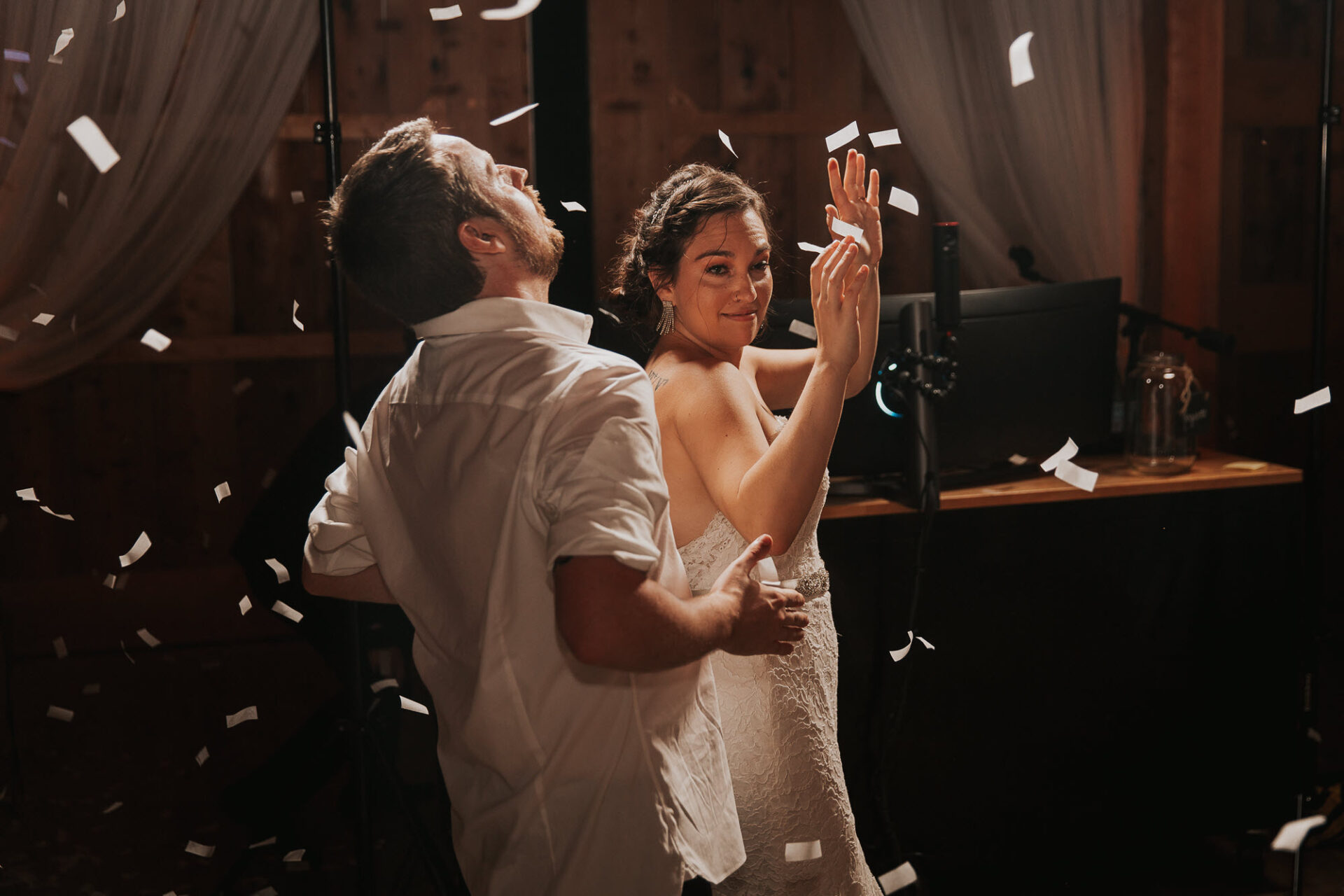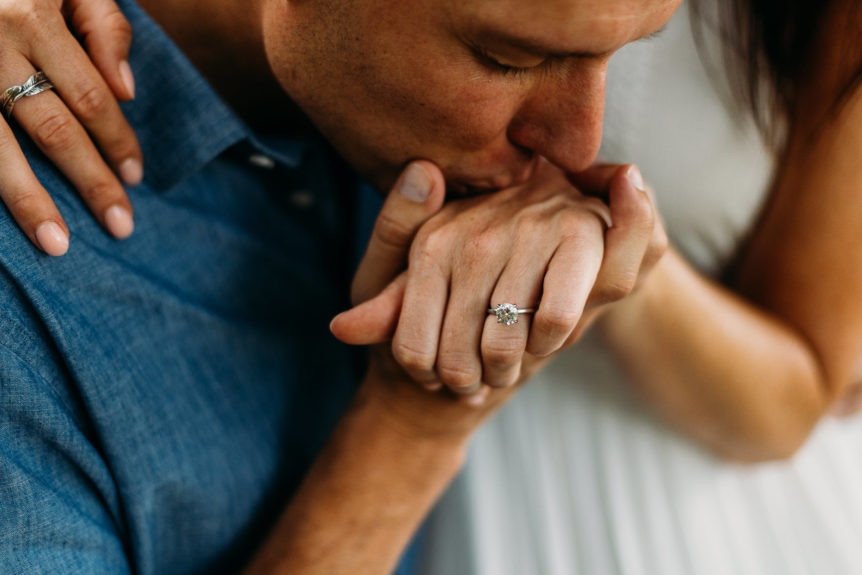By Melanie Walker
Table of Contents
5-minute read
Feeling overwhelmed by the dazzling world of engagement and wedding rings?
You're not alone. Finding that one ring which screams ‘you’ in a sea of brilliance can seem daunting. But hang tight, because with insights honed from years spent at the heart of countless dreamy unions here at Zion Springs, we’ve created a roadmap for you..
This guide is your golden ticket, crafted to streamline the selection and ensure you discover the perfect ring. Ready to unravel the secrets of rings and discover your forever sparkle? Let's get started!
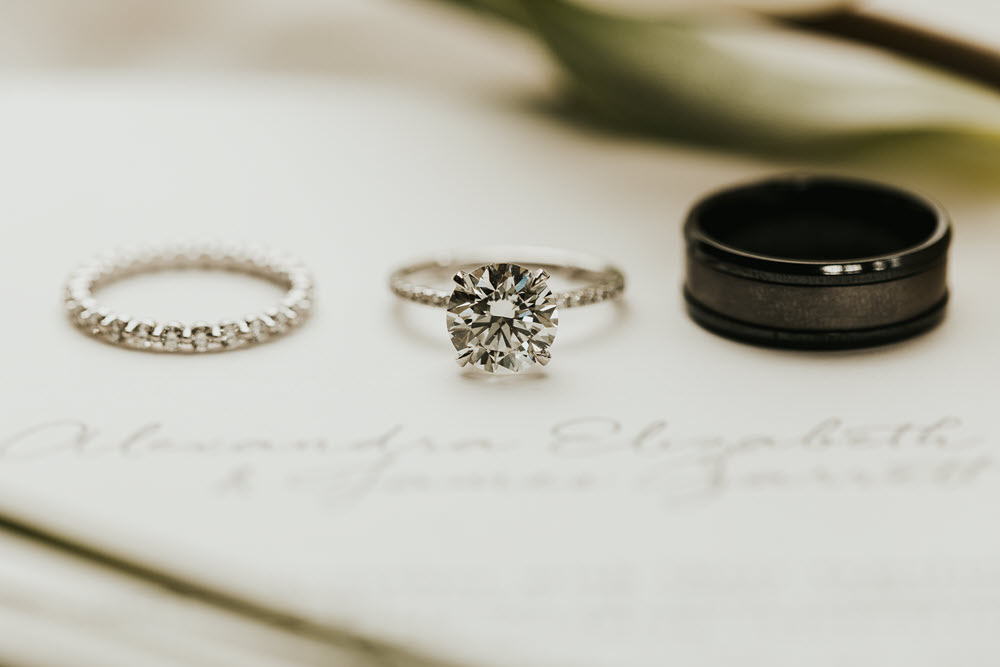

Ring intentions: the symbolism behind your choice
So, before getting lost in that glittery wonderland of rings, let's have a chat. What's the purpose behind your ring hunt? Is it an engagement ring, symbolizing a pledge to marry? Maybe it's a wedding band, representing the eternal bond of marriage. Or perhaps it's a promise ring, a pre-engagement symbol of commitment.
Each ring tells its own tale., just waiting to be shared! Embracing its story and matching it to the vibe you're after is the exhilarating kickoff to this adventure. We're about to zip through the glitzy world of metals, plunge into the enchanting realm of engagement rings, and dance through the delightful intricacies of wedding bands. Every section of this guide is designed to light up your decision-making journey, leading you to that ring that feels oh-so-perfectly...you!
What metal should I choose for my wedding ring?
So, when browsing the aisles of shimmering choices, remember that each metal tells its own tale. It's all about finding the one that aligns perfectly with your narrative and style.


White gold
Radiating sleek elegance, white gold offers that contemporary shine, making it a dream match for almost any gemstone. A choice that whispers purity and clarity. People with metal sensitivities should be cautious, as some white gold contains nickel that can trigger allergic reactions. Image: White gold, emerald center stone engagement ring in a vintage setting.


Yellow gold
Classic, charming, and timeless. Yellow gold is your go-to for a hint of sun-kissed glamour. It's all about embodying power and affluence. Active individuals or those frequently using their hands should note that pure yellow gold can be soft and prone to scratching. Image: Yellow gold enagement ring with sapphire center stone and diamond halo setting.


Rose gold
Blushing, beautiful, and standing out in the crowd. Rose gold offers this perfect medley of yesteryear charm with today's allure. Those seeking timeless classics should consider that, while popular now, its trendiness might not endure for all. Image: Rose gold, Tiffany setting engagement ring.


Platinum
Premium vibes all the way. Not only does it maintain its luster over time, but it's also hypoallergenic and highly durable. It's all about celebrating rare and enduring love. Budget-conscious buyers should note that platinum is typically more expensive than other metals. Image: Platinum engagement ring with Moissanite stones, in a 3-stone setting.


Titanium
A shoutout to those who love their rings as resilient as their spirit! With its lightweight nature and unmatched durability, titanium reflects strength and tenacity. If unsure about ring size or desiring intricate designs, consider that titanium can't be resized and its strength limits design versatility. Image: Men's titanium wedding ring.
Remember to prioritize fit over flair. After all, you'll want to flaunt that engagement ring with pride as you celebrate. Our fingers have their moods, expanding in warmth and contracting in the cold. So, measure correctly, perhaps even a couple of times, at different times of the day to be certain.
Engagement rings: symbols of promise
There's something so magical about engagement rings, it's not just about that dazzle or the design. It's like wearing a piece of someone's heart on your finger, isn't it? More than just a ring, it's a beautiful promise and the beginning of the most enchanting romantic adventure of your life.
Dazzling diamonds: diving into the details
Diamonds truly are a girl's best friend, especially when they've got that unmistakable glow. The secret behind their radiance? The legendary 4 C’s. Ready for the lowdown?
- Carat: Think size and weight. Ever pictured how a 1-carat round diamond looks? Imagine it sparkling at about 6.5 mm. But, it's not just about the size. The enchantment truly unfolds when all four Cs come together in perfect harmony.
- Clarity: Flawless is fabulous. The clearer the diamond, the more dazzling.
- Color: Ranging from total clarity to a hint of shade. Aim for less color if you want it to truly stand out.
- Cut: It's how they get their twinkle. A precise cut ensures maximum luster.
Beyond diamonds: alternative gemstones to adore
While diamonds have always been the go-to for engagement rings, don’t be afraid to explore the vast world of gemstones:
- Moissanite: Almost rivalling a diamond's radiance, moissanite is not only budget-friendly but also an ethical choice, perfect for the eco-conscious bride-to-be. Originating from meteorites and now primarily lab-grown, it offers dazzling brilliance without the environmental and ethical concerns of mined diamonds.
- Sapphires: While the classic royal blue is a timeless favourite, sapphires also stun in shades of pink, yellow, and even teal. They're a beautiful way to bring a pop of colour and personality to your ring.
- Emeralds, Rubies, and more: Whether it's the deep green allure of an emerald or the fiery passion of a ruby, these gems offer a unique touch for those looking to break from tradition.
Choose one of these treasures if your heart is set on a ring that not only represents love but also individuality and flair.
Engagement ring settings: where your gem takes center stage
The gem’s your star, but the setting? That’s the stage. Here’s the rundown:
- Solitaire: Often showcased with a classic prong setting, like the iconic Tiffany Setting, which elevates the diamond for a stand-out sparkle. Clean, chic, and all about letting that gem shine.
- Halo: Here, your central gem is circled by a 'halo' of tinier diamonds or gemstones. It enhances the ring's overall shimmer and makes the center stone look larger. Kate Middleton's famed sapphire ring, surrounded by diamonds, is a perfect example. It's like giving your gemstone its own squad of mini diamonds.
- Three-stone: This setting features a central gem with a stone on either side. Often, the three stones are seen to symbolize a couple's past, present, and future.
- Vintage: These settings are all about intricate details, milgrain borders, and often, a certain je ne sais quoi that's reminiscent of bygone eras.
Whether it's a bezel setting hugging your gem or a cathedral setting lifting it high, the right style will make all the difference in your ring's story. And just think, soon it'll be perfectly complemented by your beautiful wedding band.
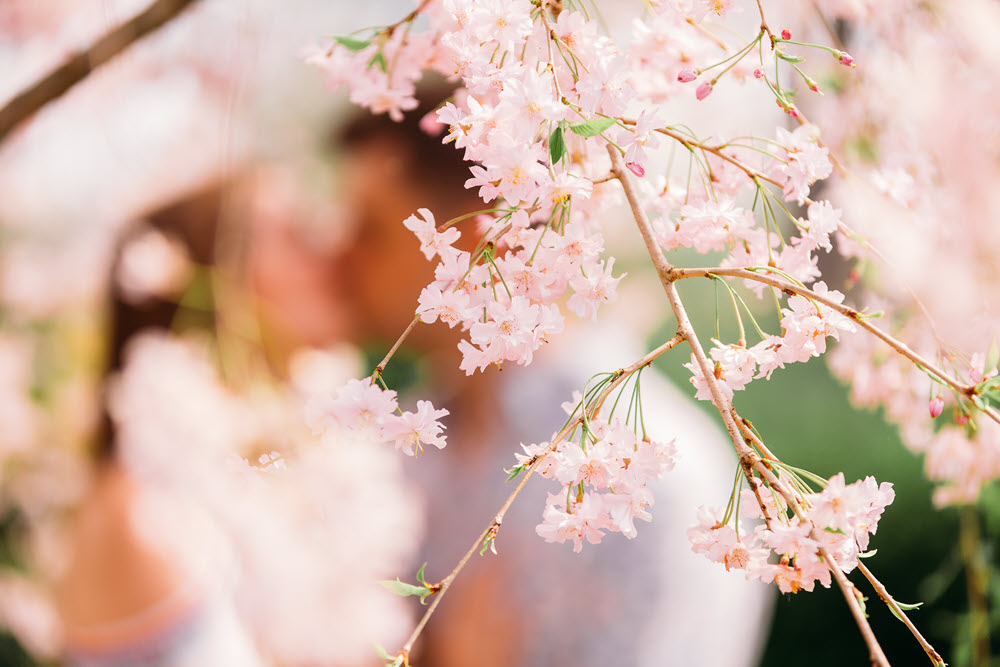

Wedding bands: the symbol of eternity
While engagement rings often steal the limelight with their shimmering and statement stones, wedding bands are the unsung heroes that seal the deal on your big day. They’re not just rings; they're a circle of trust, love, and commitment. So, what's the inside scoop on picking the one that's just right?
- Material matters: From timeless gold to durable titanium, your choice of material can say a lot about your personal style.
- Width and comfort: Ever thought about the width? It can change the whole feel of the ring. Some love a chunky statement, while others lean towards a delicate slender band. Try on different widths to find your comfort zone.
- Matchy-matchy or mix it up?: Some couples adore the idea of matching bands, symbolizing their united journey. But, it's also super trendy for partners to embrace their individual styles. Consider complementary metals or designs that echo elements from each other's rings.
- Details and design: Plain bands are timeless, but don’t be afraid to add a personal touch. Think engraved dates, messages, or even fingerprints. Or maybe a sprinkle of diamonds or unique patterns to elevate its look.
- Stack them up: The stackable trend is here and oh-so-chic. Wearing your wedding band alongside your engagement ring and maybe an anniversary band later on? Ensure they sit together.
- Lifestyle check: If you're hands-on, working with machinery, or even lifting weights regularly, you might want to opt for a seamless design without stones, and durable metals like tungsten or titanium.
Keep in mind, this is THE ring you'll be flaunting every day, through every adventure. Not only is it a sign of your love story, but it's also a little piece of you. Whether it's something classic and understated or has a touch of artsy flair, make sure it’s something you’ll be obsessing over forever.
Wedding planning after the ring selection: what’s next?
Remember the thrill of those first moments? The butterflies, the stolen glances, the laughter? Choosing the right ring isn't just about jewelry; it's about bottling up all those special memories and feelings into one radiant piece that tells your love story.
We've just had a fabulous whirlwind tour, haven't we? Dancing through the world of metals from the sleek allure of white gold to the sun-kissed charm of yellow gold and diving into the heart of settings and gems. It's been all about celebrating love, commitment, and the promise of forever.
And now, with a twinkle in your eye and the perfect ring close to your heart, it's time to jump into the joyous journey of wedding planning! With Zion Springs cheering you on every step of the way, you're all set to make it a storybook event. And guess what? We've got a little magic to sprinkle on your planning – our comprehensive wedding checklist. From this sparkly moment to the dreamy "I do", let's make every heartbeat count.
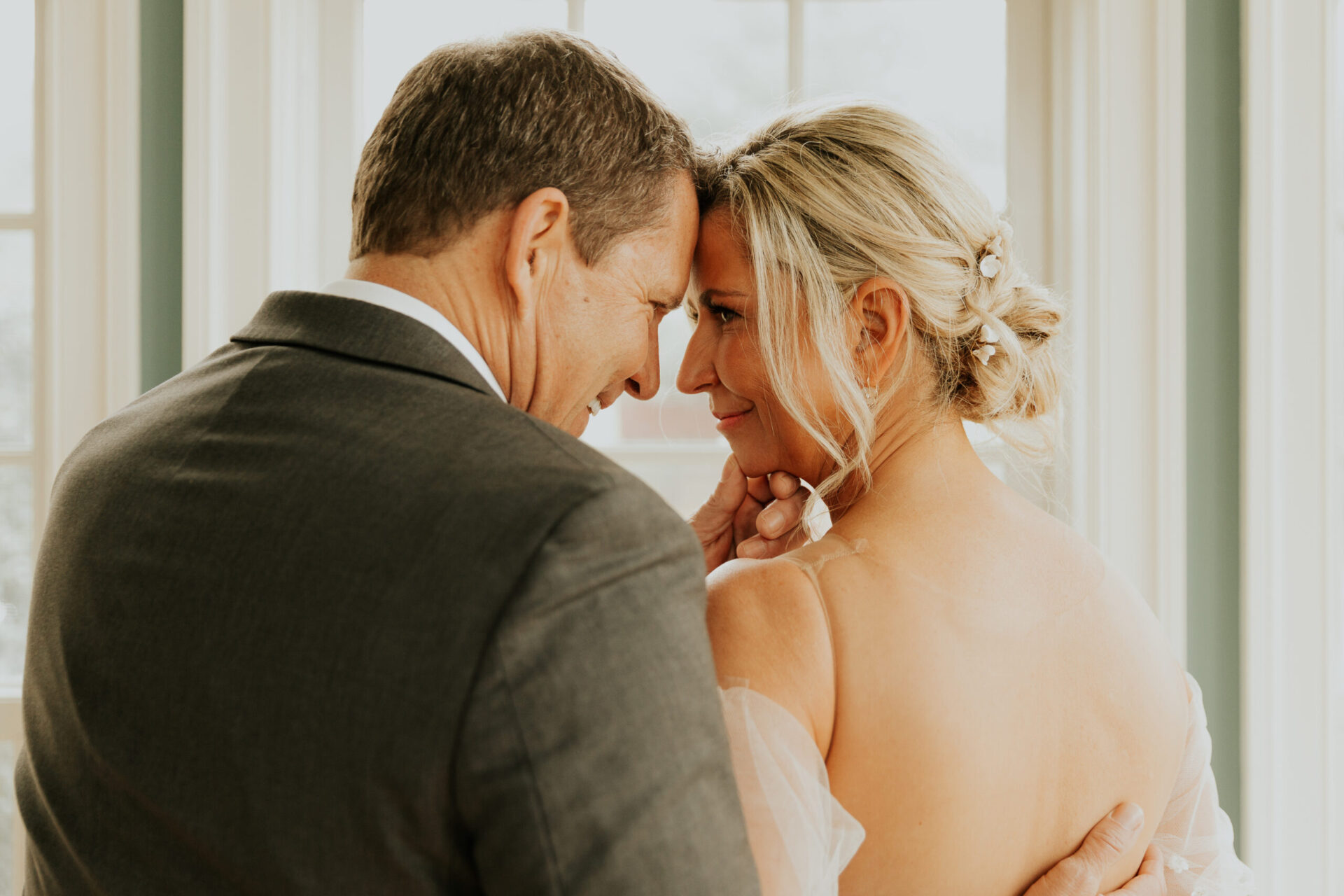

Susan and Chuck’s Spring Wedding
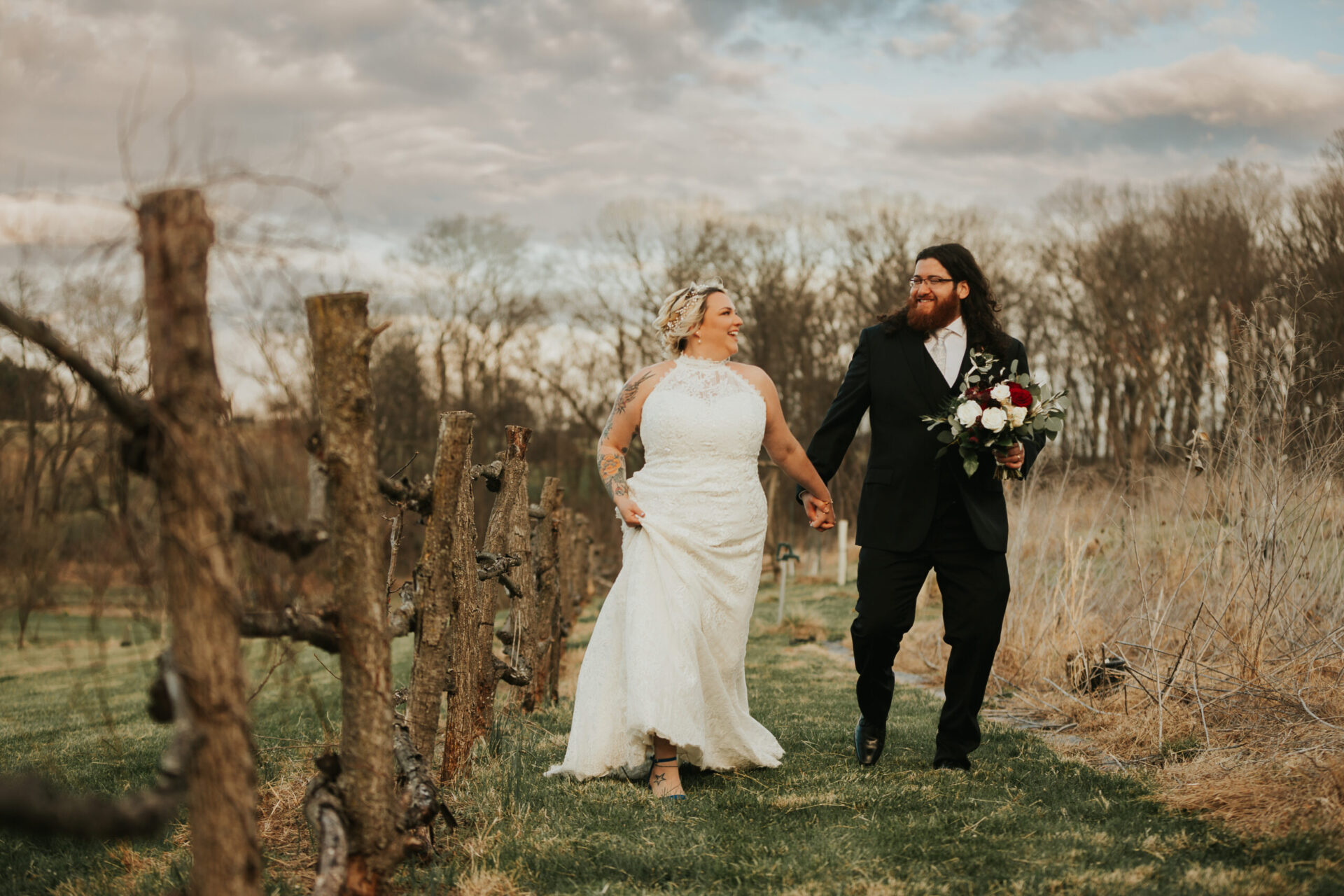

Jennifer and Alex’s Spring Wedding
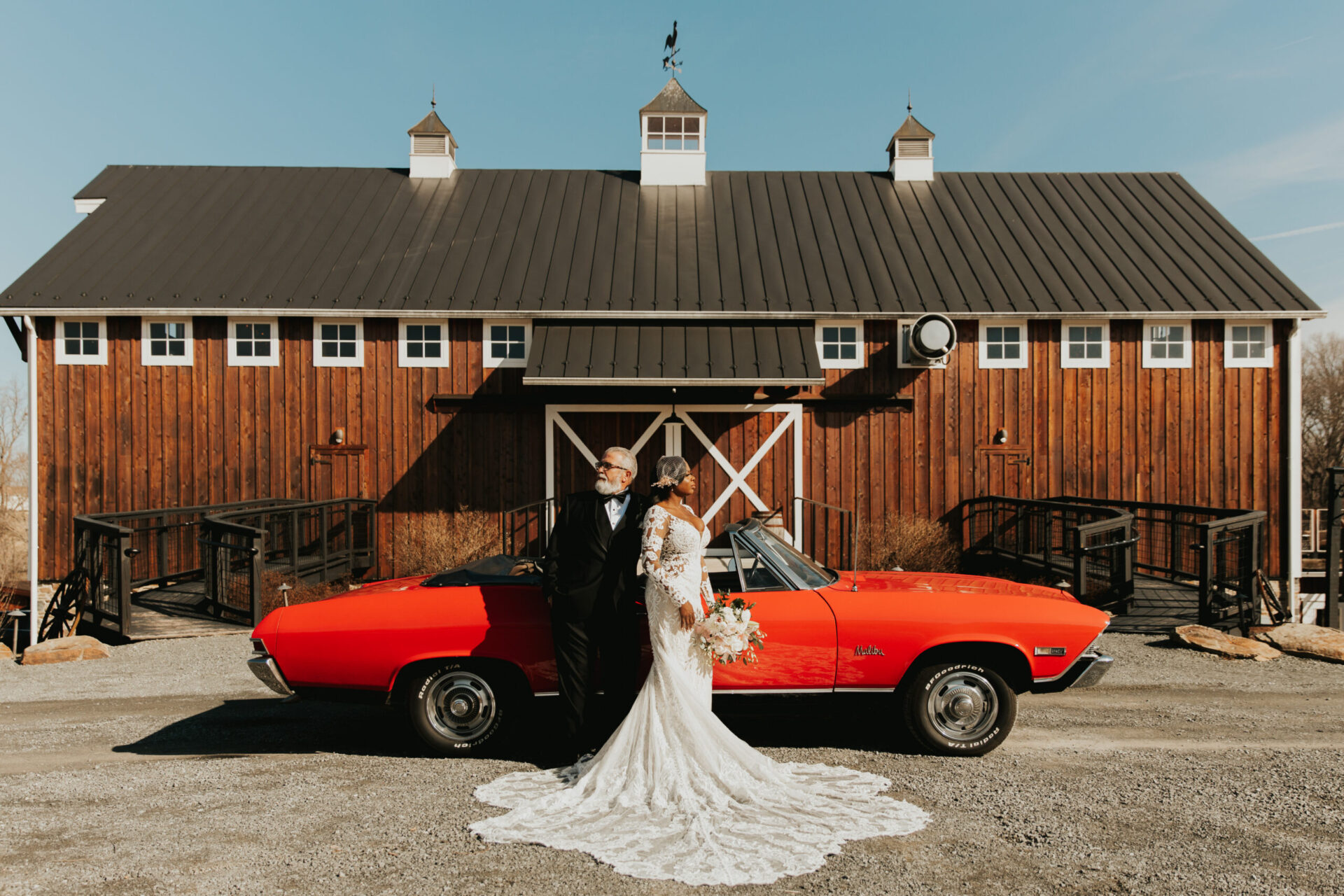

Tia & Duane’s Winter Minimony
